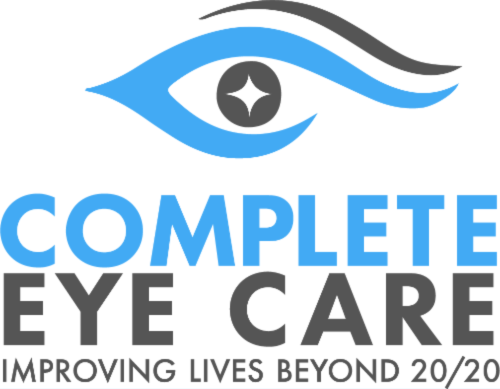 Did you know that, according to multiple surveys, a full 30% of the people you meet on the street will notice your eyes before anything else? That means how your eyes look is at least as important as a nice smile and clear skin. And beyond your looks, your eyes can be a window into your overall health as well.
Did you know that, according to multiple surveys, a full 30% of the people you meet on the street will notice your eyes before anything else? That means how your eyes look is at least as important as a nice smile and clear skin. And beyond your looks, your eyes can be a window into your overall health as well.
Specifically, changes in the white part of your eye, called the sclera, are going to be most noticeable at first glance to you and others around you. But what do changes in the color of your sclera mean, and when is it something serious?
Changes in Scleral Color And What They Mean
- Red: This is the most common non-white color you’re likely to encounter when it comes to your eyes. Whether because of allergies, exhaustion, too much time on the computer, or something else, red eyes are extremely common. Most of the time it doesn’t signal anything dangerous and will go away on its own. Even so, it’s important to take note if your red eyes aren’t going away, or if they’re accompanied by other symptoms such as pain, dryness, excessive tearing, or blurry vision, as these can be signs of something more serious.
- Yellow: A yellowish hue to the sclera often signals jaundice. Jaundice is an illness that involves the liver not properly filtering a yellow substance called bilirubin out of your blood, causing a yellowing of the eyes and skin. If you experience this as an adult, it can be a sign of serious issues with your liver. You should see a doctor immediately.
- Blue: Often a blue/gray tint on your sclera is nothing to worry about, and may simply result from certain medications that you may be taking long-term. Nonetheless, it’s important to speak to your eye doctor if you notice you have a blue or gray sclera, as this can also be a sign of certain health conditions like iron deficiency or diseases that affect your bones.
- Brown: Brown spots on your eyes can mean a lot of things, ranging from completely harmless to life-threatening. In the completely harmless category, you may have high levels of melanin, which is the natural pigment that gives your skin, hair and iris their color. These can show up as brownish spots outside of the iris.On the other hand, dark brown spots that change shape or size over time, especially in or after your 30’s, can signal serious issues that require professional evaluation.
Want to know more about colors to look out for in and around your eyes, and how we can help you deal with any complications? Come visit our Belmont eye doctors, or give us a call at 704-825-9002 today!
